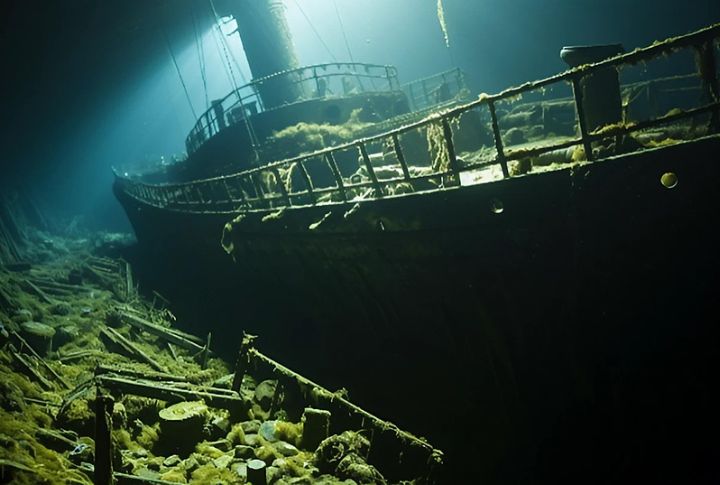
On one fateful day, the Titanic sank and plummeted to the ocean floor. And to this date, people still dream of raising the Titanic. But dreams and logistics don’t always get along. Nature, time, and plain old reality have made sure that the ship stays put. If you’ve ever wondered why it’s still down there, the 10 answers are here.
The Titanic Lies Over 12,000 Feet Below Sea Level
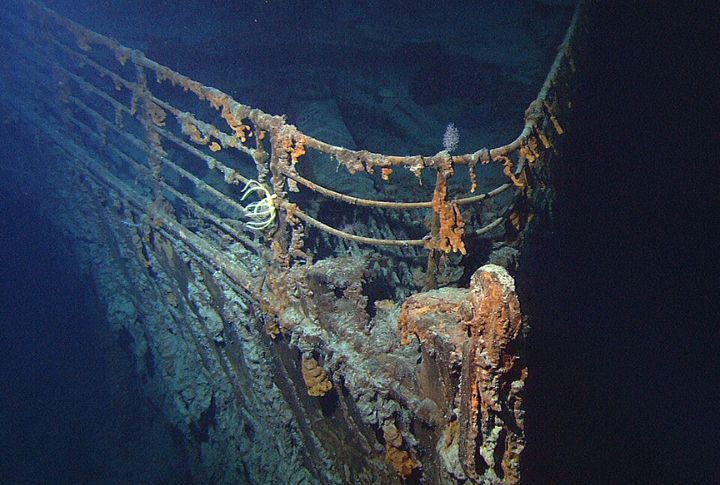
At over 12,000 feet down, the Titanic rests in a zone so deep it’s akin to flipping a mountain upside down. The pressure? A crushing 5,600 psi—enough to crumple most submersibles like soda cans. Only a few specialized vehicles have ever made the trip, and that’s not changing anytime soon.
Saltwater Has Severely Corroded The Wreck
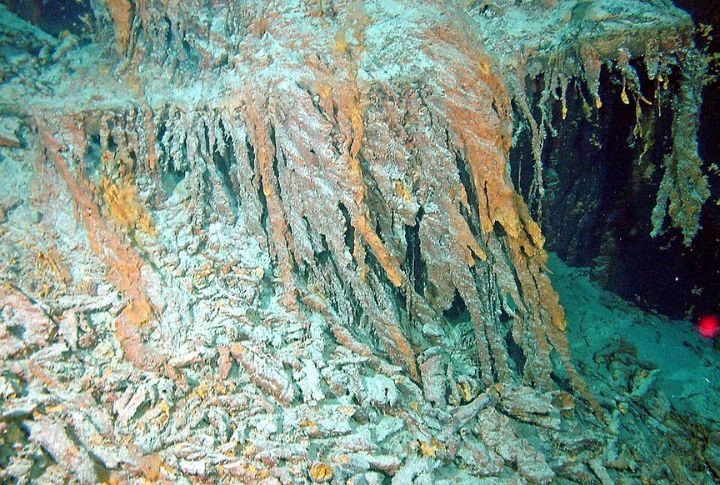
After more than a century underwater, the steel hull has turned brittle. Entire plates are flaking apart. Bacteria feast on the structure, creating rusticles that gnaw away at what remains. Touch the wreck, and some sections collapse. What’s left is not a ship anymore but a dissolving relic.
The Titanic Is Now Legally Protected
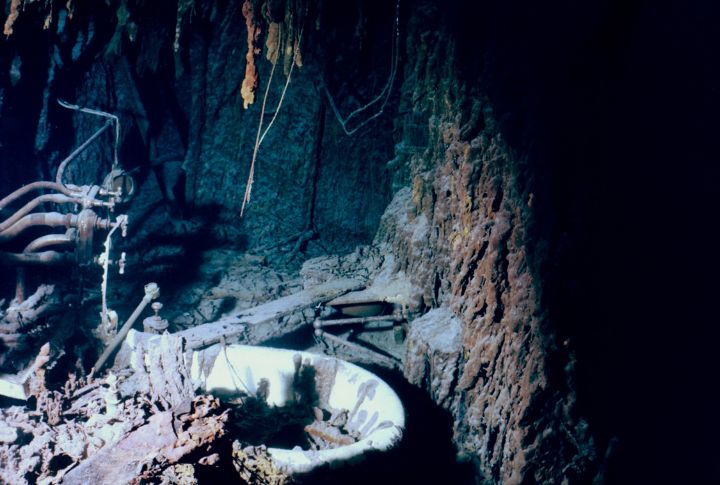
International treaties, including UNESCO’s 2001 Convention, shield the site. This means that its unauthorized salvage is a legal offense. The Titanic is classified as a maritime memorial, and disturbing it now comes with serious consequences. Legal barriers stand as firm as steel, even if the ship doesn’t.
Massive Size Makes Recovery Logistically Impossible

Think of the Eiffel Tower laid sideways underwater. The Titanic was over 880 feet long. Even recovering a single section would take dozens of coordinated lifts. No modern crane or platform can pull up that mass intact. The logistics alone make such a mission an engineering nightmare.
Ocean Currents Constantly Shift Debris

The North Atlantic isn’t gentle. Fierce currents scatter remnants across vast square miles. Every year, sediment movement buries some artifacts while revealing others. That means each dive is a roll of the dice, with maps quickly outdated. What’s visible today could vanish tomorrow.
Extreme Cold Slows Technology And Humans
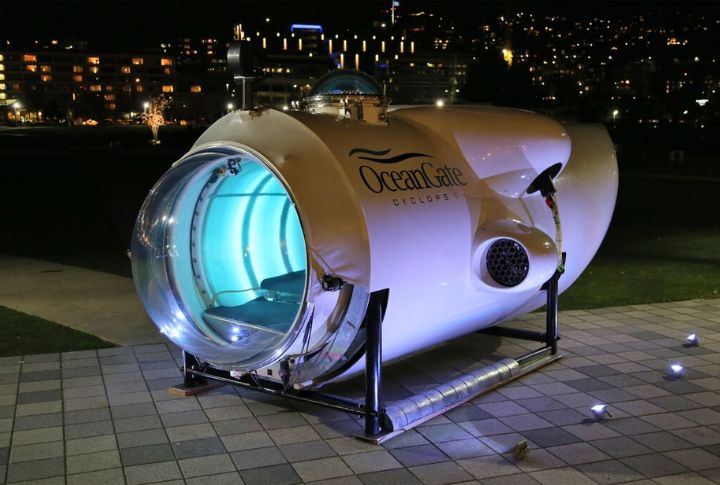
Water temperatures linger near freezing, just 2 to 4°C. That icy chill cuts submersible battery life, slows operations, and can even cause ice to form on surface vessels. Engineers must battle both time and temperature. Every mission becomes a race before the cold takes its toll.
Microorganisms Are Rapidly Devouring The Hull
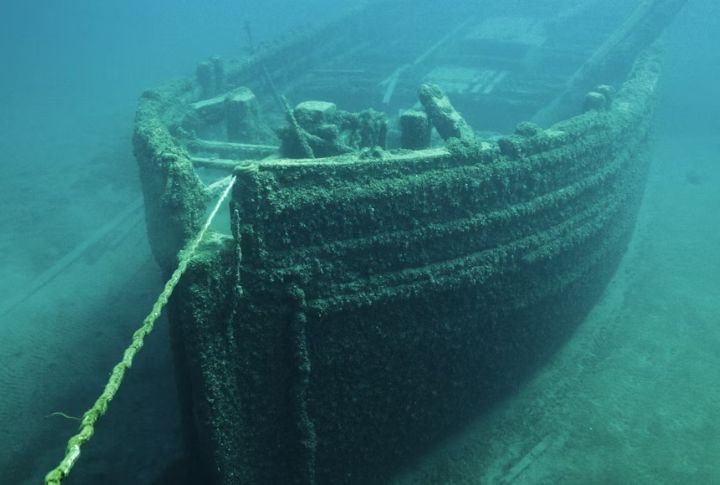
Titanic’s wreck isn’t just decaying—it’s being eaten alive. Halomonas titanicae, an iron-loving bacterium, chews through the metal nonstop. Scientists estimate that over 150 tons of the ship could vanish entirely by 2050. It’s less a monument now and more a buffet for deep-sea microbes.
Hauling It Could Shatter The Ship Completely
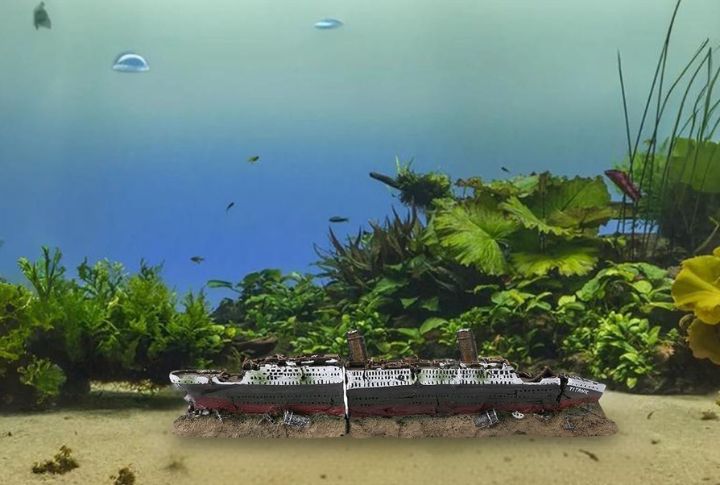
This isn’t pulling a car from a ditch. The Titanic’s structure is fragile to the point of collapse. Moving even small parts has failed in the past. Trying to lift major components risks total disintegration, especially the bow and stern, which are already in a state of disintegration.
Deep-Sea Missions Are Incredibly Expensive
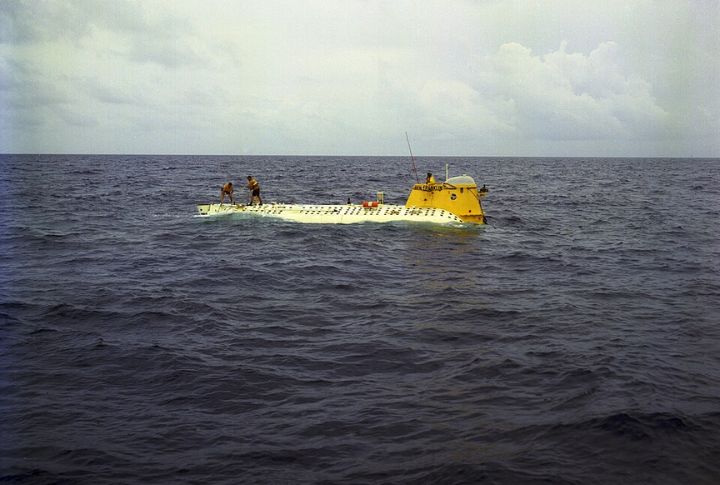
One dive can cost millions. Simply reaching the wreck requires deploying high-tech ROVs, specialized ships, and trained crews. Add the price of insurance, and most sponsors balk. Few governments or investors are willing to bankroll a mission with such steep costs and low returns.
Public Interest Now Favors Preservation Over Recovery

The tide of opinion has shifted. Many view the Titanic as a solemn memorial rather than a treasure trove. Over 1,500 people died in that disaster. Tourists and historians alike value the mystery. The ethical choice? Leave it be, resting in peace where history placed it.

